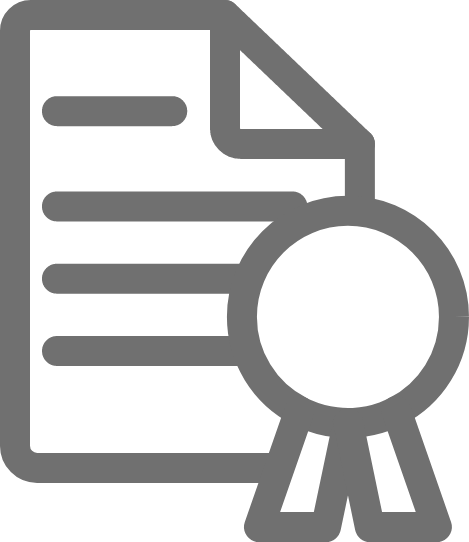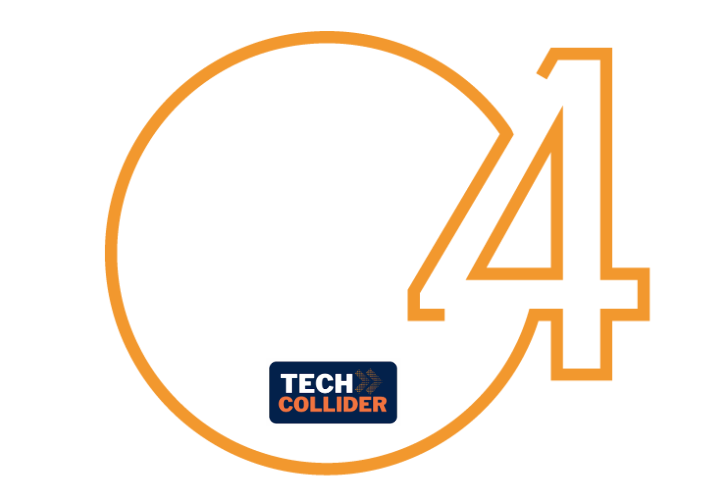Just considering bacteria, these infectious agents cause millions of casualties each year, and the spreading of antibiotic multi-resistance is recognized as a major global health concern and a pressing social challenge. Development of new antibiotics with novel modes of action and innovative strategies to efficiently fight bacterial infections are urgently needed. The World Health Organization (WHO) has generated a global priority list of pathogens urgently needing new antibiotics. E.g. Group A Streptococcus, Pseudomonas aeruginosa, Cholera and Mycobacterium tuberculosis were listed by WHO as the most critical pathogens for which new antibiotics are urgently needed.
Looking more broadly at the anti-infectious problem, WHO reports as emergency risks to public health, in various countries of the world, in addition to the well-known SARS Corona virus in its continuous mutations, viruses such as Marburg, Nipah, Ebola, Avian influenza A(H5), Poliovirus type2, Yellow fever, Dengue and other risks linked to protozoans such as Malaria for example.
All these epidemic parasites need of new therapeutic treatment with new drugs and, when it is possible, new vaccines. The overall costs for health care worldwide have become exponential and almost unsustainable.
Therefore, finding new classes of anti-infectives with new mechanism of action which could cure infections by reducing the risks associated with the onset of selection, mutation and resistance phenomena in the pathogens have become essential and strategic. This in order to make pharmaceutical expenses sustainable and to allow safe treatment of large populations in endemic and/or pandemic situations.























